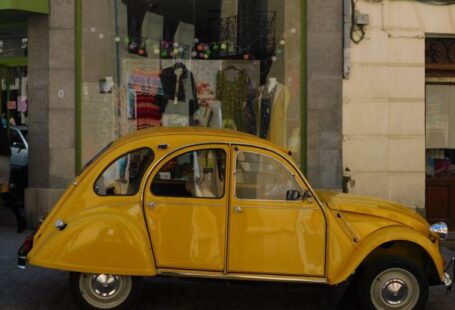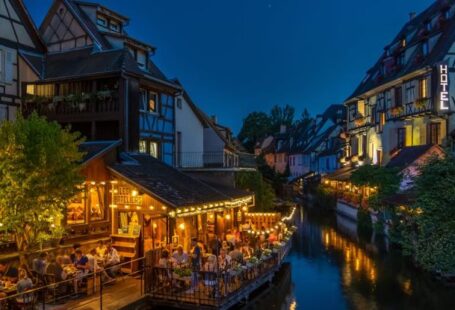The Charm of Rome’s Squares Enhanced by Living Statues
When strolling through the bustling squares of Rome, one cannot help but be captivated by the array of artistic performances that adorn these historic spaces. Among the various forms of entertainment, living statues stand out as a unique and mesmerizing attraction that adds a touch of magic to the already enchanting ambiance of the city. These living statues, also known as street performers or living sculptures, play a significant role in enhancing the charm and vibrancy of Rome’s squares, captivating the attention of locals and tourists alike.
Captivating Visual Displays
The art of living statues involves performers dressing up in elaborate costumes and using makeup to resemble statues, remaining motionless for extended periods. This illusion of being a real statue is both captivating and intriguing to onlookers, who often find themselves drawn to these performers. The visual impact of these living statues against the backdrop of Rome’s historical architecture creates a striking contrast that adds an element of surprise and wonder to the squares.
Creating an Interactive Experience
What sets living statues apart from other forms of street entertainment is their ability to engage with the audience in a unique and interactive way. While traditional statues remain static and unresponsive, living statues have the power to surprise and delight spectators by breaking their stillness and interacting with them in unexpected ways. Whether it’s a subtle nod, a wink, or a sudden movement, these interactions create a sense of connection between the performer and the audience, making the experience more personal and memorable.
Blending Art and Entertainment
Living statues blur the line between art and entertainment, transforming the act of standing still into a captivating performance that showcases the talent and creativity of the performers. The attention to detail in their costumes and makeup, combined with their ability to embody the character they are portraying, elevates the experience from mere street performance to a form of artistic expression. By seamlessly blending artistry with entertainment, living statues contribute to the cultural richness of Rome’s squares, offering a unique and immersive experience to all who encounter them.
Enhancing the Atmosphere
The presence of living statues in Rome’s squares adds a dynamic element to the already lively atmosphere of these public spaces. Their silent yet expressive presence creates a sense of drama and theatricality that complements the historical and architectural significance of the surroundings. As spectators gather around to watch these performers, a sense of camaraderie and shared appreciation for the arts is fostered, transforming the square into a vibrant hub of cultural exchange and creativity.
Preserving Tradition and Heritage
In addition to their entertainment value, living statues also play a role in preserving the tradition and heritage of street performance in Rome. The art of living statues has a long history in the city, dating back to ancient times when street performers would entertain crowds in public squares and marketplaces. By continuing this tradition today, modern-day living statues pay homage to the cultural legacy of Rome, keeping alive the spirit of artistic expression that has thrived in the city for centuries.
Embracing the Magic of Rome’s Squares
In conclusion, living statues contribute significantly to the charm of Rome’s squares by infusing these historic spaces with a sense of enchantment and wonder. Their visually captivating displays, interactive performances, and blend of art and entertainment create a unique and immersive experience for both locals and visitors. By embracing the magic of living statues, Rome’s squares continue to be vibrant hubs of creativity and cultural expression, where the past and present converge in a celebration of art and performance.





